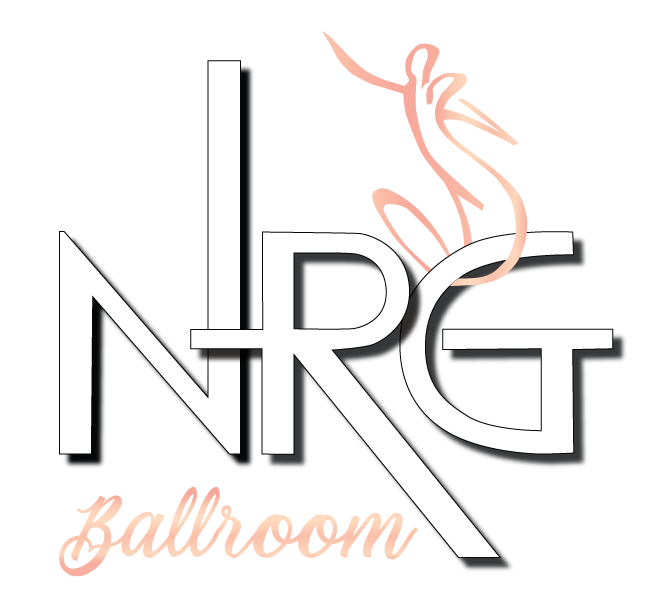Dance Styles
Ballroom
“Ballroom” dances are typically the styles of dance that move around the floor in a counter clockwise direction. These dances fall into two categories: International Standard (always danced in frame with the partners never separating) or American Smooth (where the couples will open up and move together, but independently at times).
The dances included in these two categories of ballroom dances include:
Latin/Rhythm
Danced in a “box or slot”, Latin and Rhythm style dances rarely move around the floor (with the exception of Paso Doble) and are danced in a more confined space. International Latin and American Rhythm styles of dance overlap in several categories, though the technique used is very different and needs to be learned individually if you wish to do them correctly.
Country/Western
Country/Western dances include many dance forms or styles, which are typically danced to country-western music, and which are stylistically associated with American country and/or Western traditions.
Physical Benefits:
– improves cardiovascular health
– increases muscular strength, endurance and motor fitness – improves aerobic fitness and weight management
-energetic dancing can burn anywhere from 200-450 calories in just 30 minutes – stronger bones, better posture and reduced risk of osteoporosis
– improves coordination, agility and flexibility
– improves balance and spatial awareness
Mental Benefits:
– Research has proven that ballroom dancing can slow the advancement of dementia
and Alzheimer’s disease
– improves mental functioning as both the right and left hemispheres of the brain are engaged at the same time
– stress reduction thru physician and mental exercise
– improves general and psychological well-being due to release of endorphins
Social Benefits:
– improves social interaction skills
– greater self-confidence and self-esteem
– expands social ties in the community by engaging in a group activity
– forms a group identification with others who share a common interest

Club Dances and Other Styles
As dance floors got smaller and people turned to dancing independently rather than in partnership, there was still a desire to connect on the dance floor. Several styles evolved to fit in a smaller space and still allow dancers to share the experience of dancing with a partner.